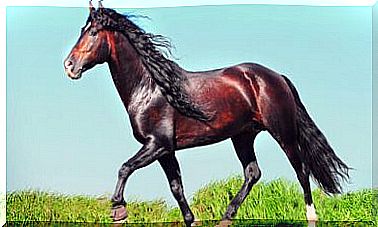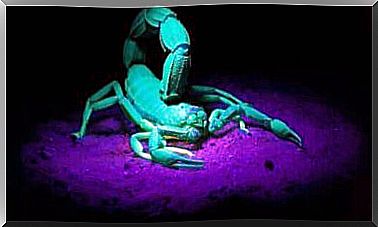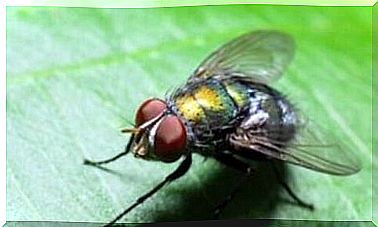Flying Fish: The 3 Most Common Species
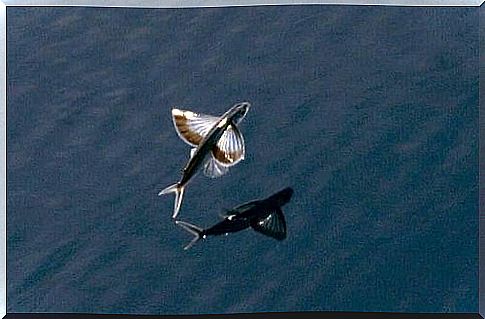
Flying fish are present in all the oceans and seas of the planet. Seeing them take off from the water as if they were birds is a sight worth seeing. They feature fins and a body perfectly suited to perform this magnificent feat.
Flying fish species
Among the most common species of flying fish are the flying fish ( Exocoetus volitans ), the long-nosed flying fish ( Fodiator acutus ) and the sea swallow (Danichthys rondeletii ). Let’s take a closer look at these three harmless fish and their particular characteristics.
Flying fish
It is the most common and numerous species of flying fish in the world, and it is not difficult to spot them circling on the surface of the water. You just need to know where to look for them.
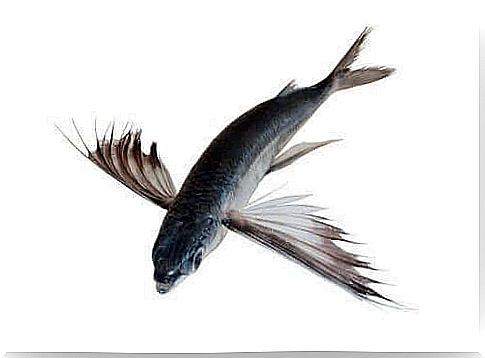
They usually frequent the coastal waters of Cuba, Nicaragua, Venezuela, Costa Rica, Florida … practically all areas with a tropical climate and warm waters; they rarely go below 20 meters deep.
Their elongated and hydrodynamic body makes them extremely fast fish in the water, and their trump card is the ability to rise above the surface to escape predators such as tuna, swordfish and other large ocean predators. .
Their 20 centimeters in length make them very vulnerable, which is why they live in large schools that move to coastal areas, but also in the open sea in search of food.
Their huge fins allow these fish to make long journeys in the air, very close to the surface of the water. They have a blue color in the lower part of the body to better camouflage themselves with the color of the sky. At the top, however, they sport a darker shade so as not to be seen in the depths of the ocean.
Long-nosed flying fish
This particular fish sports very long and narrow fins that allow it to take great speed in and out of the water. Like the flying fish, this species also likes to spend time near the surface and, on rare occasions, goes down to more than 15 meters deep.
It is very common in the waters west of Africa and the American coast, from the United States to the coasts of Chile. It is possible to see them very close to the coast and in the open sea as they travel long distances in large schools in search of food.
They can reach a maximum of 20 centimeters, but in most cases they are around 15 centimeters in length. Their small size and light weight allow these fish to travel long distances out of the water with the help of their strong pectoral fins, ideal for running away from a predator. Since they fly only to escape predators, they don’t stray far from the surface.
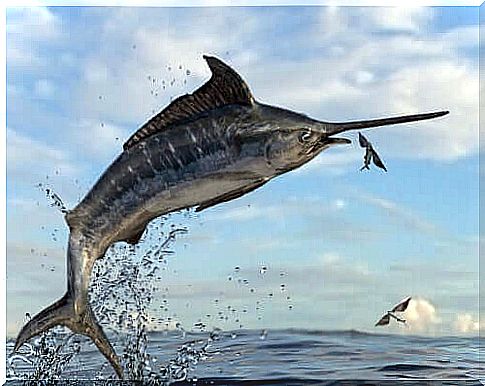
Like most flying fish, plankton is their favorite food. Sometimes in order to reach these tiny beings, they stray too far from their comfort zones and are attacked in the open sea by predators such as swordfish.
Sea swallow among the most common flying fish
This flying fish species is slightly larger than the other two, at 25 centimeters in length. Unlike the other species, it does not have bones in the fins, which are therefore of a soft but not resistant material.

Among the three species, this is the only one we can see in the Mediterranean Sea. We can also find these flying fish in tropical waters around the world, where the temperature stimulates the life of plankton and other small crustaceans.
The sea swallow is also an expert in camouflage and every part of its body is designed for different situations : dark back to go unnoticed on the seabed and belly of a silvery blue tone so as not to be seen from below when in full flight.
These three flying fish are a magnificent example of the tricks that evolution can offer to some species to ensure their survival. Seeing them in full action – flying above the water – is a real spectacle for nature lovers.



